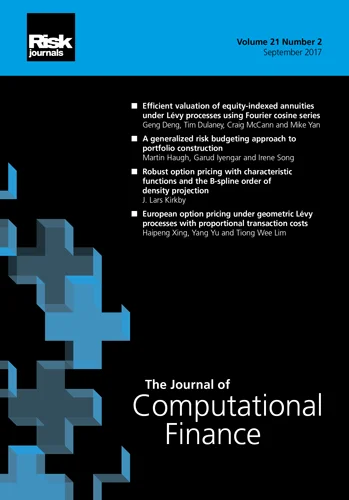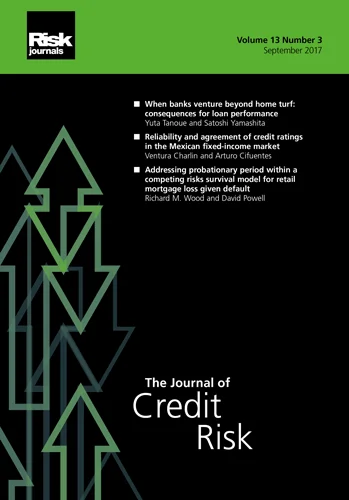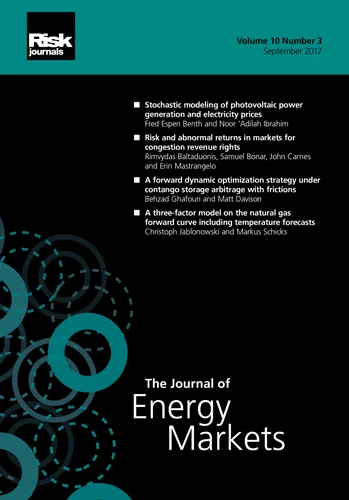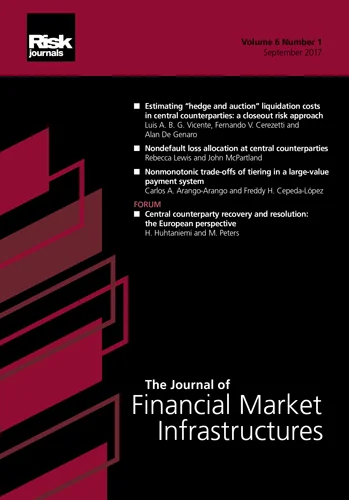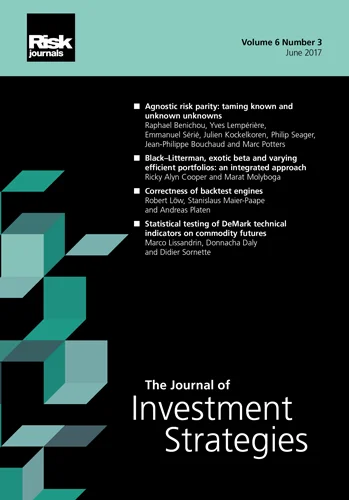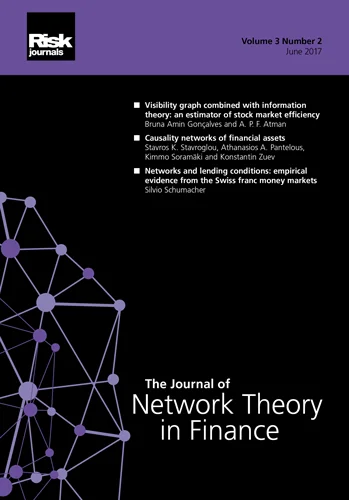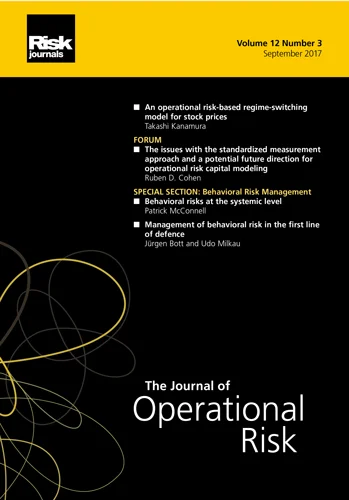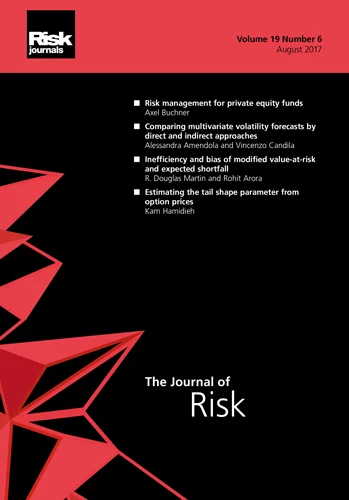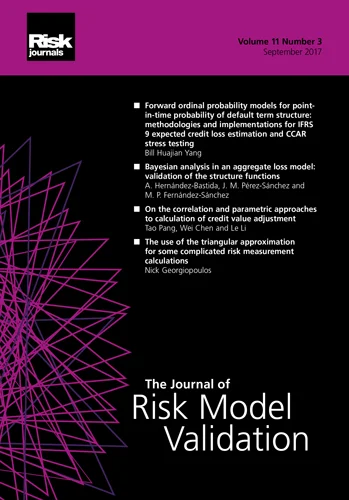Journal of Risk
ISSN:
1465-1211 (print)
1755-2842 (online)
Editor-in-chief: Farid AitSahlia

Need to know
- Banking credit risk is high in times of crisis and low in boom times, while the financial market jump hazard rate is the opposite.
- Banking credit risk negatively affects the jump hazard rate.
- The opposite behaviors of the two tail risks are attributable to the countercyclical nature of volatility.
Abstract
The 2007–9 global financial crisis and the 2020–21 Covid-19 pandemic have highlighted the importance of understanding tail risks. In this paper, we study two types of tail risks – banking credit risk and the financial market jump hazard rate – and investigate their relationship. Based on two decades of daily credit default swap data and intraday equity and fixed-income futures data that include these two crises, we find a tale of two tail risks: banking credit risk is high during crises and low during booms, while the jump hazard rate is the opposite. Banking credit risk negatively affects the jump hazard rate. The opposite behaviors of the two tail risks are robust to the tests we use to detect jumps. The underlying statistical reason is the countercyclical nature of volatility, which is high in bad times and low in good times, leaving less room for jumps to occur in bad times and more room in good times.
Copyright Infopro Digital Limited. All rights reserved.
As outlined in our terms and conditions, https://www.infopro-digital.com/terms-and-conditions/subscriptions/ (point 2.4), printing is limited to a single copy.
If you would like to purchase additional rights please email info@risk.net
Copyright Infopro Digital Limited. All rights reserved.
You may share this content using our article tools. As outlined in our terms and conditions, https://www.infopro-digital.com/terms-and-conditions/subscriptions/ (clause 2.4), an Authorised User may only make one copy of the materials for their own personal use. You must also comply with the restrictions in clause 2.5.
If you would like to purchase additional rights please email info@risk.net
